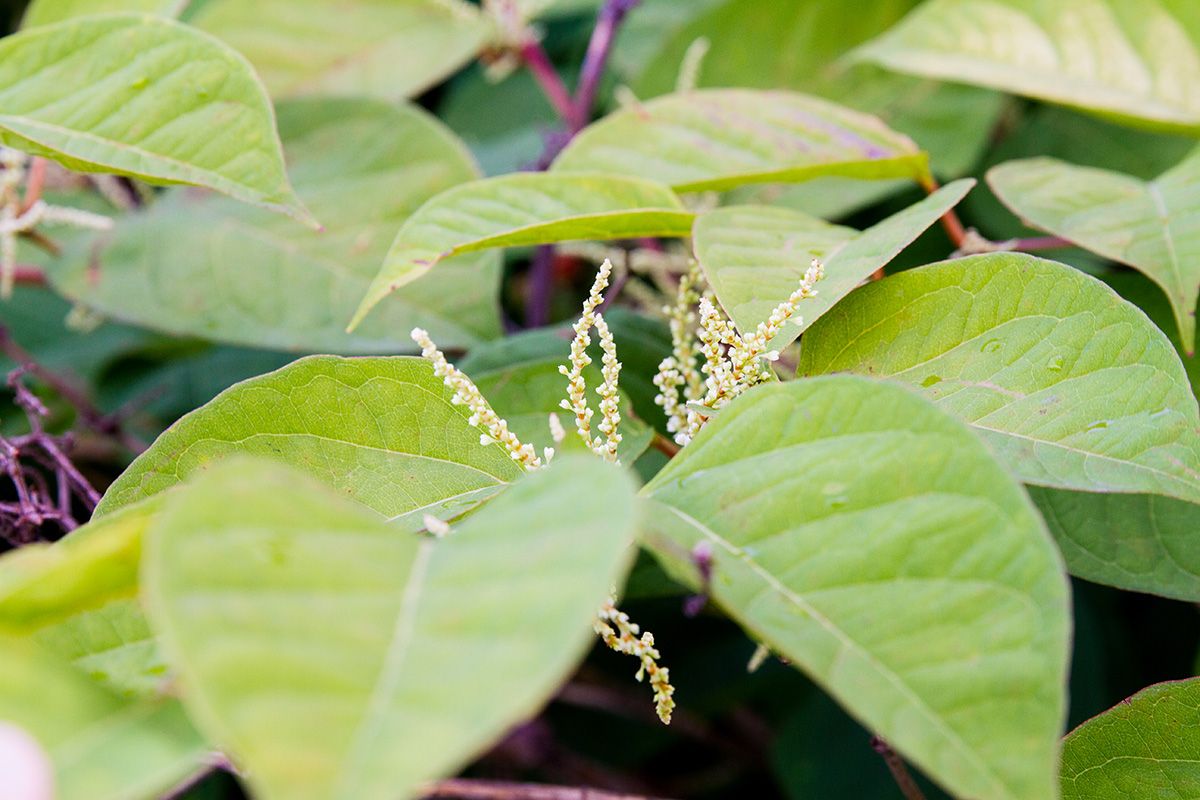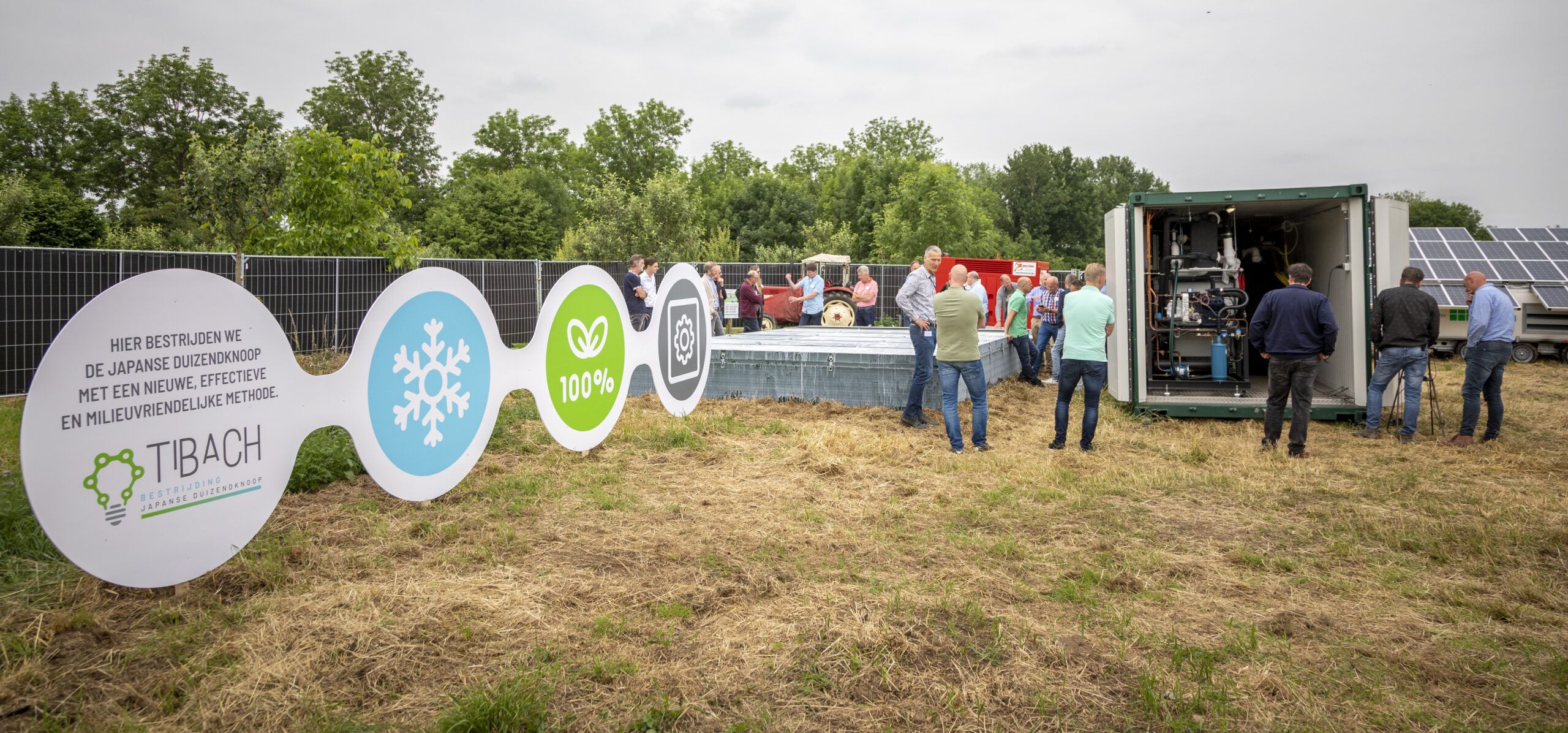Freezing of the soil.
The effective method for treating Japanese knotweed.
The effective method for treating Japanese knotweed.
Japanese knotweed (Fallopia japonica) is one of the biggest threats for our nature and infrastructure. The specie is spreading fast. The strong rhizomes and stems of this plant crowd out native plant species and can cause damage to buildings, pipelines and roads. Every year municipalities and provinces spend a lot of time, money and energy on treating Japanese knotweed without an effective result.
To prevent Japanese knotweed from spreading and covering all land area in the Netherlands, it is imperative that this plant is treated as soon as possible. Tibach has developed an environmentally friendly, effective and patented method that treats this plant by freezing the soil.
Wageningen University Research(WUR) has investigated the effects of the freezing treatment on the rhizomes of Japanese knotweed and the effect on soil life. It has been found that this is a selective treatment method that only controls the invasive alien species, and does not cause damage to soil life and the seed bank. The research report can be downloaded via contact form.
Hundreds of square meters of contaminated soil with Japanese knotweed have successfully been treated at various Dutch municipalities.
How it works
In the soil where the Japanese Knotweed occurs, we apply stainless steel freezing lances. On this lances we connect hoses to create a closed system. A 100% environmentally friendly refrigerant is pumped through this system, causing the ground to freeze. As a result the roots of the plant also freezes and eventually composts in the soil. The machine can remotely be monitored and operated. Because the cooling is gradual, insects underground have time to find a warmer shelter. Seeds in the ground can survive the cold treatment, unlike the cell structure of the Japanese Knotweed.
Tibach method overview
Tibach-method benefits
Only one treatment needed.
The plant composts in the soil.
Relatively fast: in five days a location can be cleared of Japanese knotweed.
Excavation is not necessary.
Transportion of soil is not necessary, this way there is no chance of new outbreaks in the area (pieces of the plant often spread during transport).
Capacity until 30 m2 per treatment.
No pollution (no environmental hazard due to a biodegradable coolant).
Sustainable method. Indigenous flora and fauna will have a chance to develop again.
The treated locations are indicated on an interactive map and are visible to everyone.
Presentation and demonstration june 24, 2021
After many months of preparation, the time had come on July 24, 2021. The introduction of the Japanese knotweed treatment method. A day where all guests and the press could become acquainted with the innovative treatment method. First a presentation, after which they could admire the machine in real life and see it in action.
If you ask us, this day was certainly successful! Here is a short impression of this memorable day.
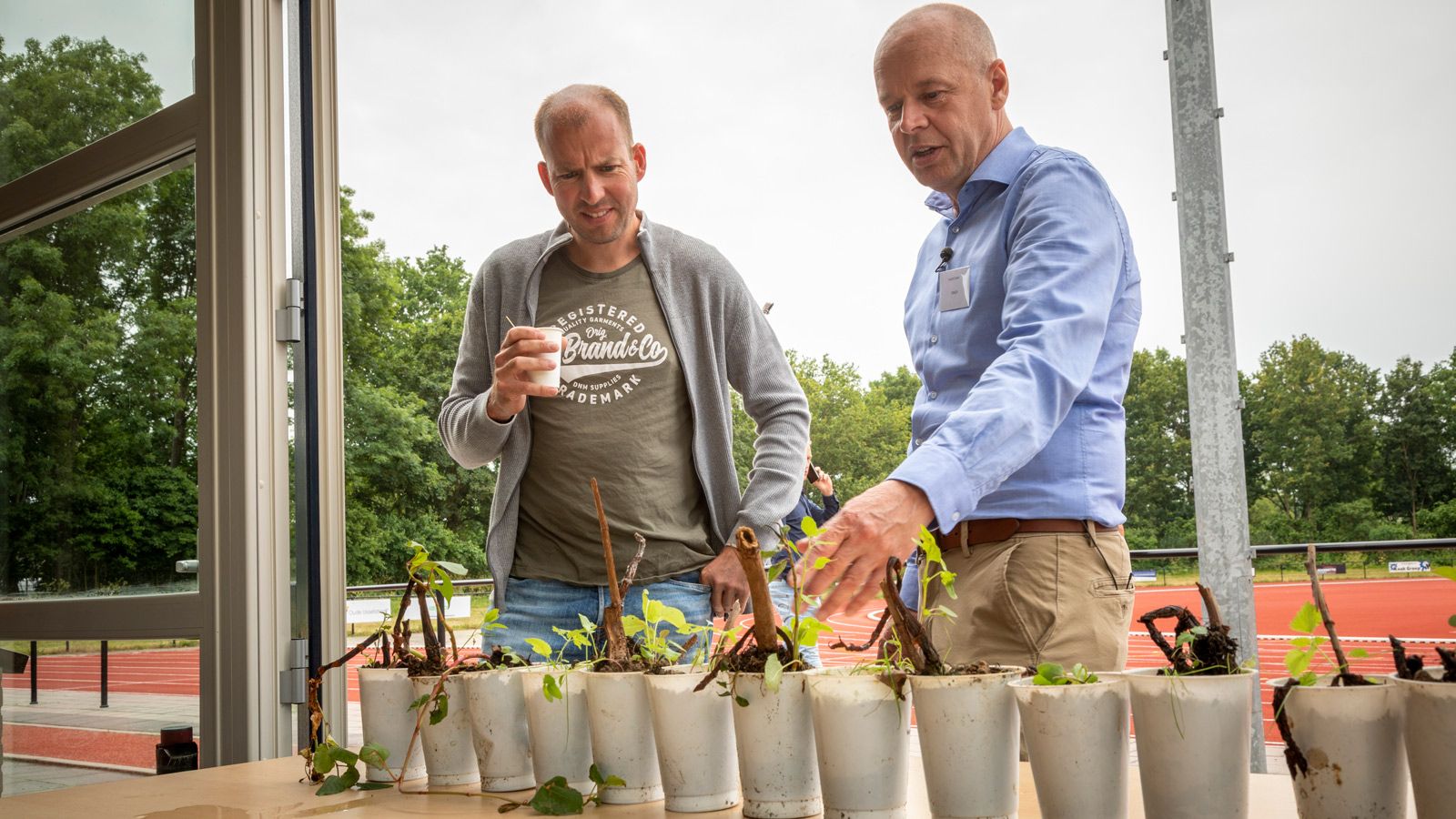
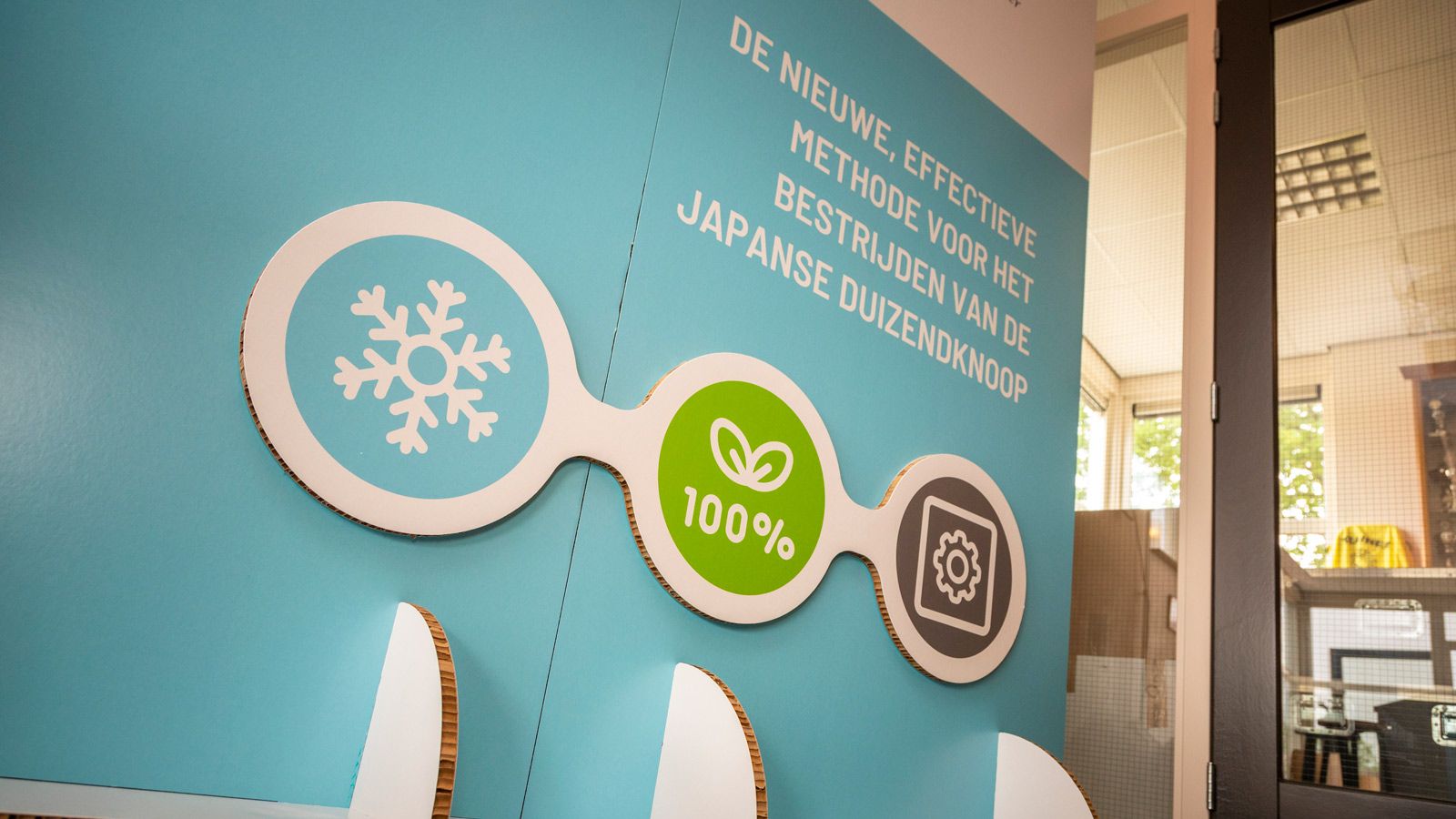
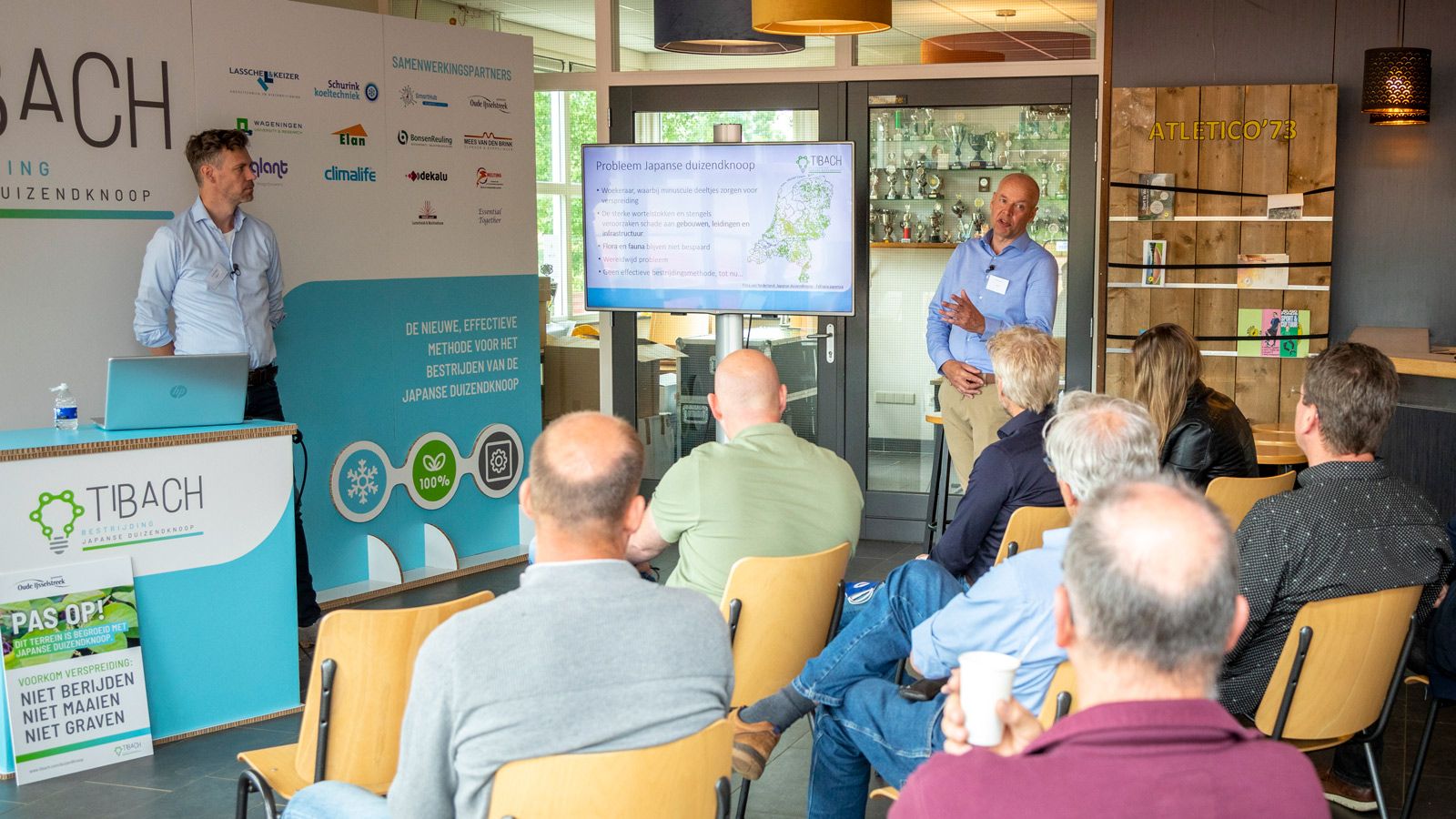
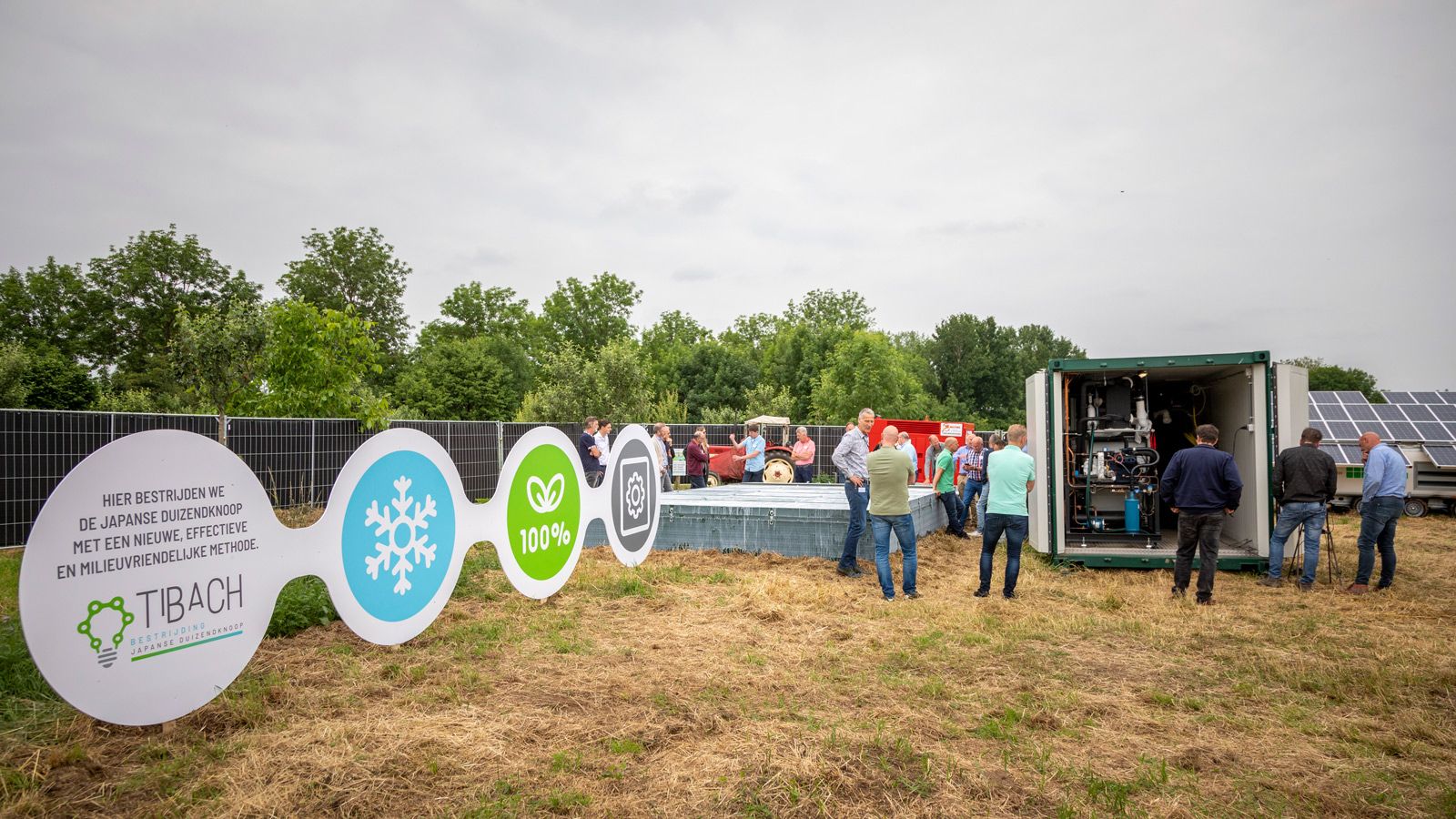

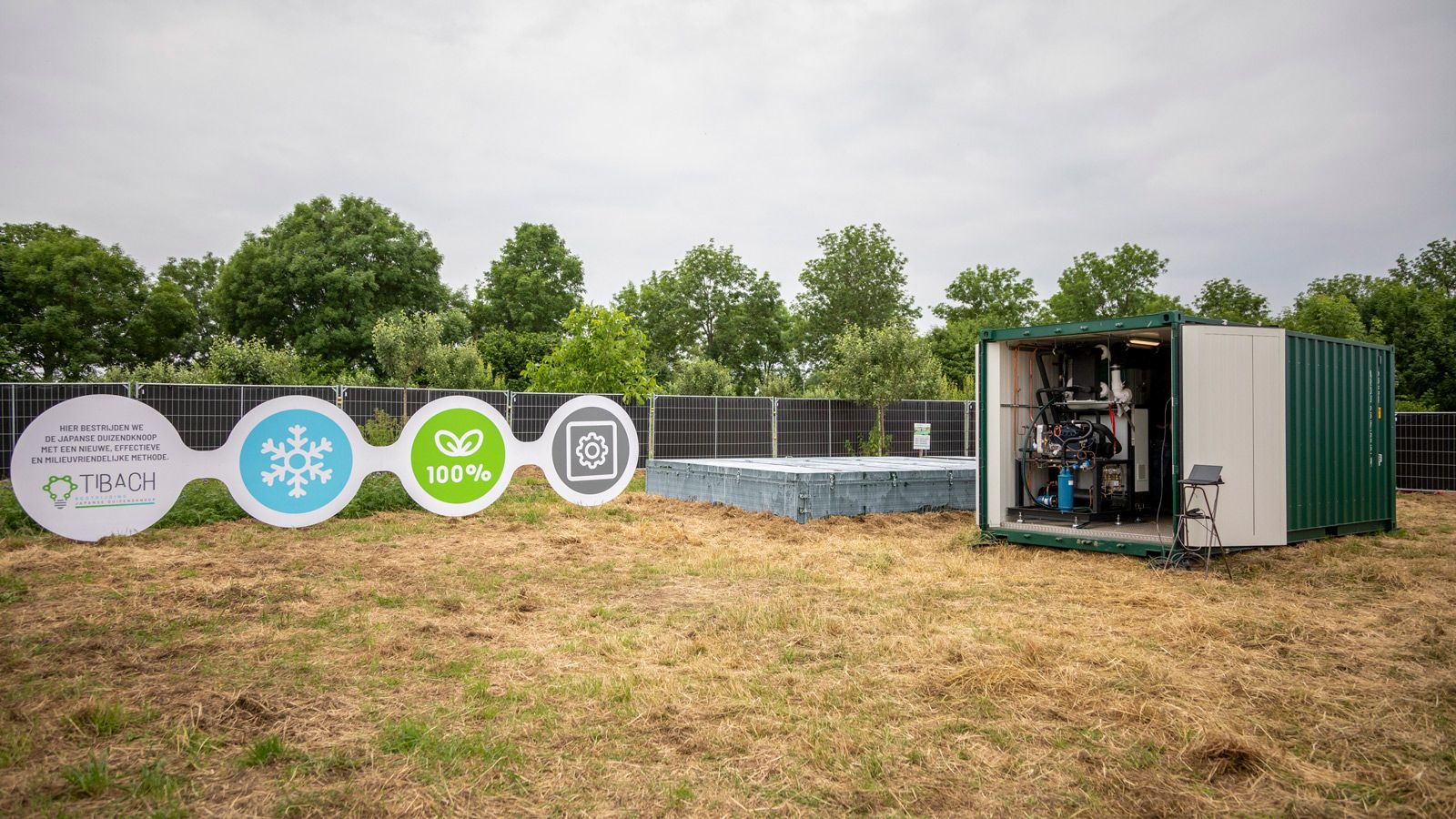
Press contact
Are you a journalist, press photographer or affiliated with another (governmental) medium? For more information feel free to contact André Evers of our press department: a.evers@tibach.com.

